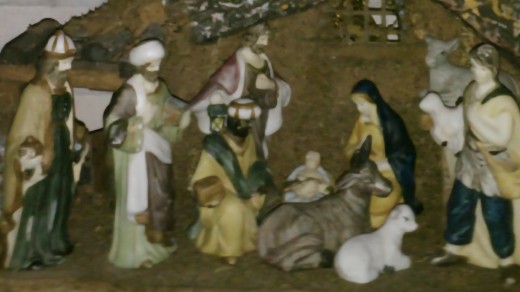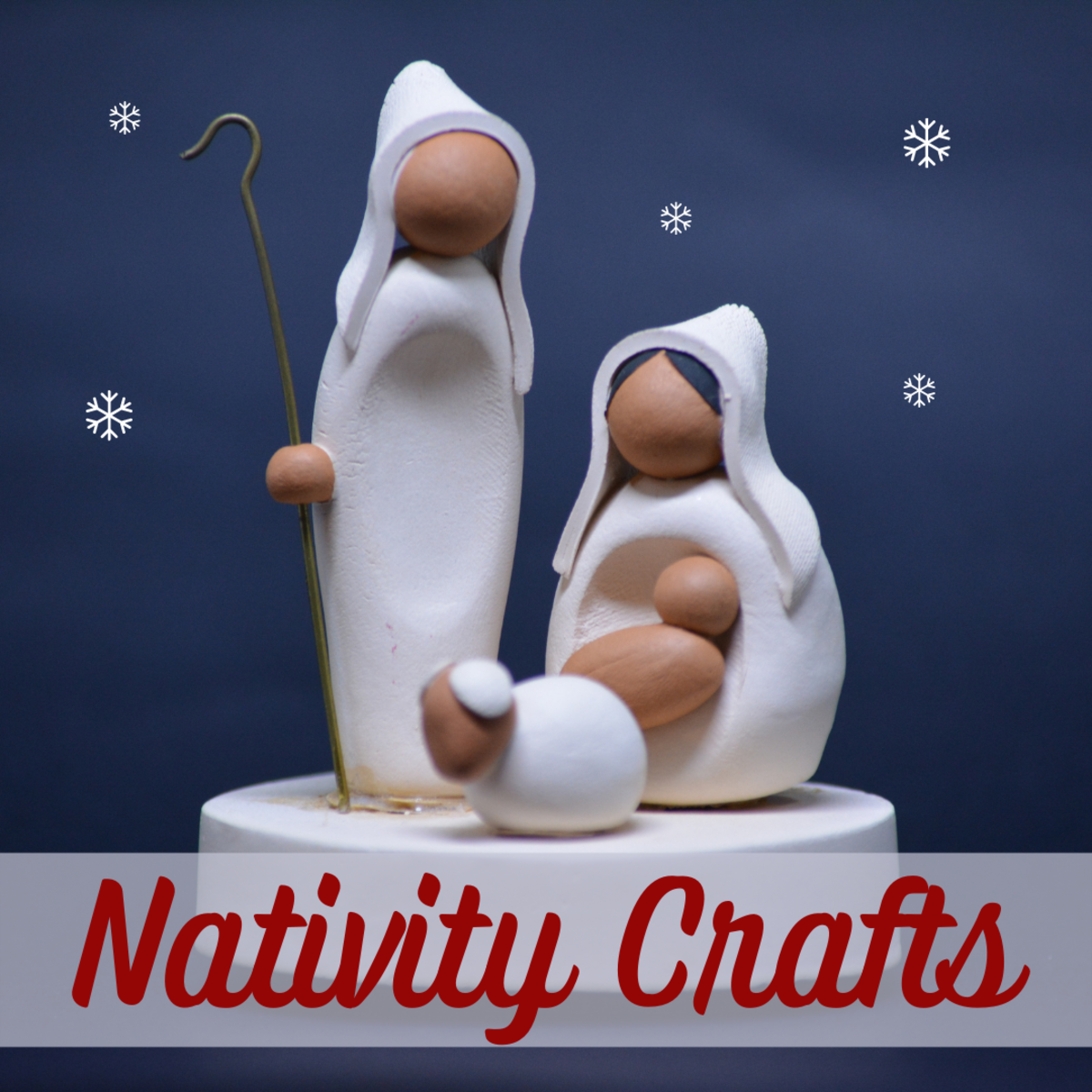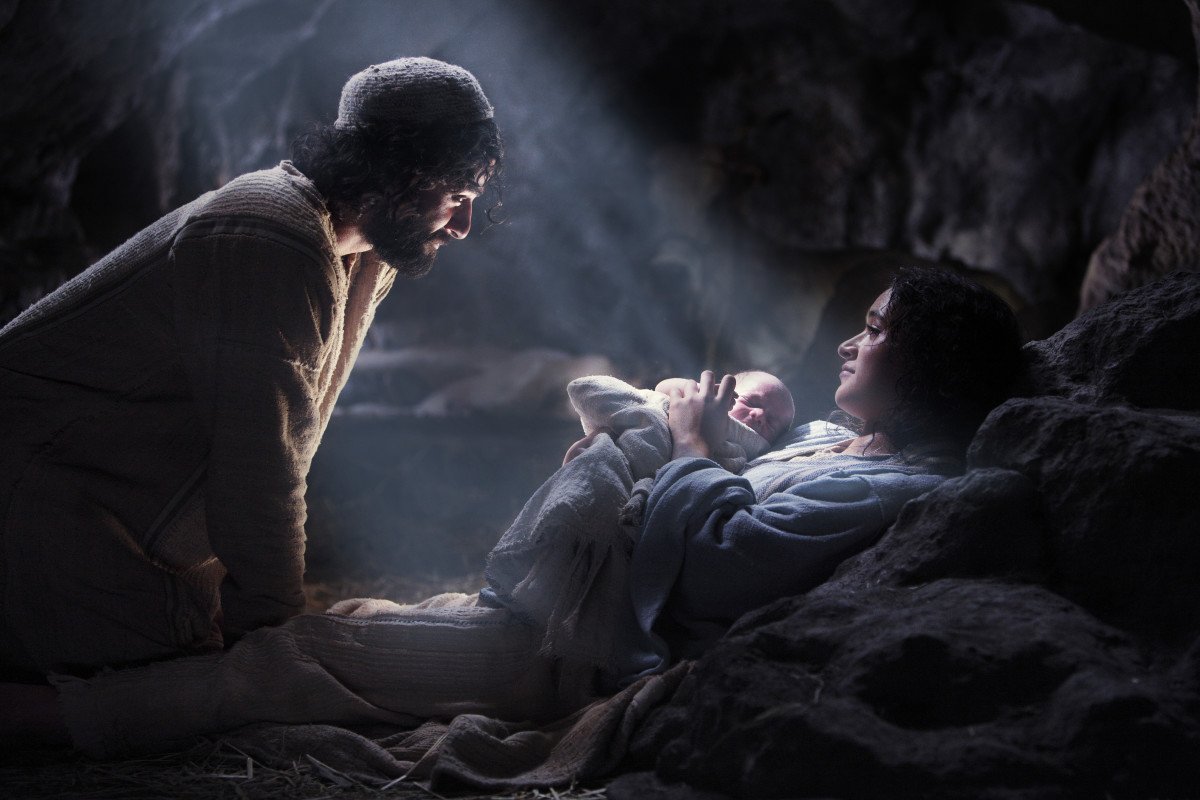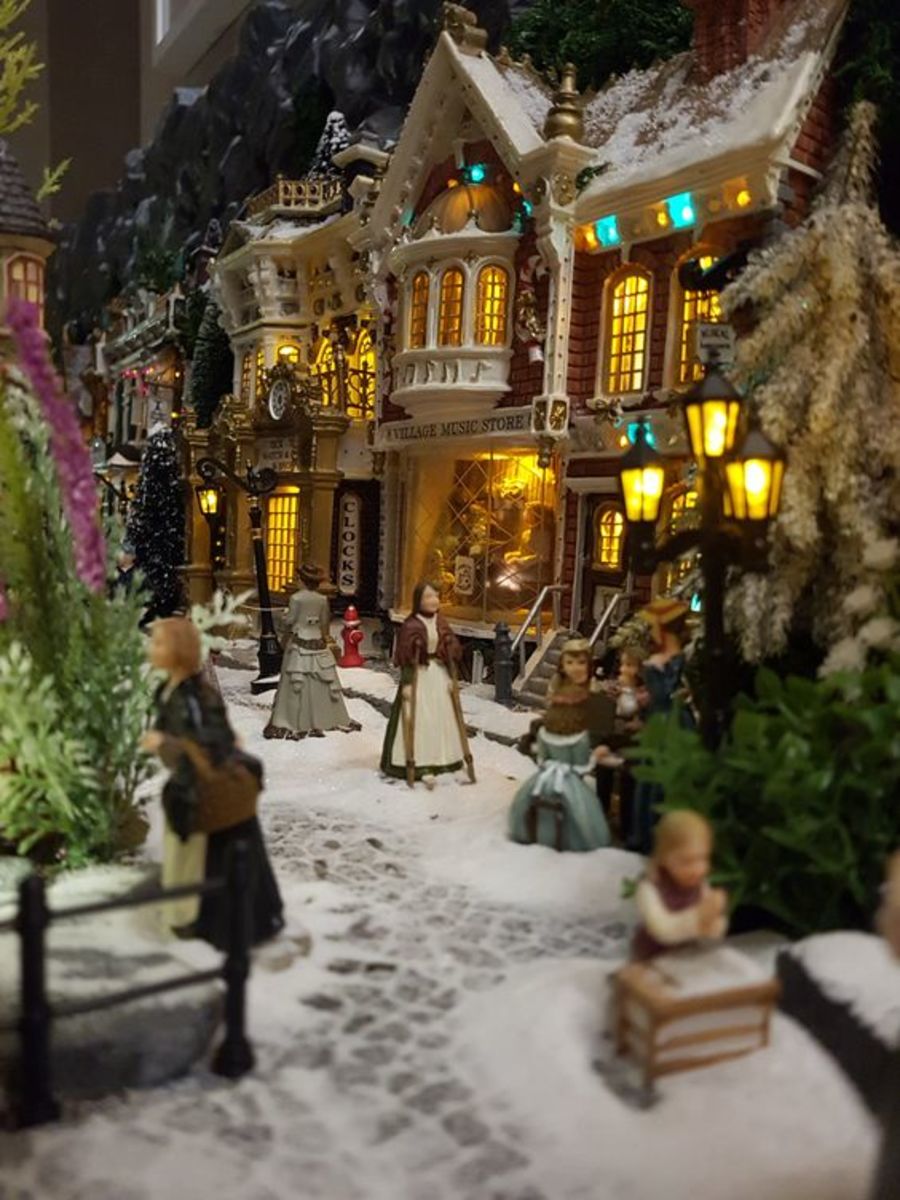Bearing Gifts

The Day of the Magi
In many parts of the world, January 6 is celebrated as the Day of the Magi. The tradition is celebrated twelve days after Christmas, symbolic of the arrival of the wise men to where Jesus Christ was born to bestow gifts of gold, frankincense, and myrrh. On January 6, gifts are left around the beds of children rather than under a decorated pine tree on December 25.
While many people believe the wise men to have been a group of three traveling from the east whose names came to be known as Melchior, Caspar, and Balthazar, the bible does not give a specific number of wise men who sought the newly born baby.
Because the magi brought three gifts, it has been mostly assumed that there were three wise men. Also, in Psalm 72:10, three kings are mentioned bearing gifts; as a result, the three wise men were also known as three wise kings. Nonetheless, there is a history of prophesy that surrounds the legend of the wise men.
The Nativity Scene
The nativity scene is the popular image that portrays the birth of Jesus Christ and showcases the wise men, which have evolved through history. This image was first illustrated on a tomb that dates back to the fourth century, and each nativity scene thereof was depicted in the same way. The wise men are shown as three men of three distinct races, in three distinct stages of life. This was staged to show that no matter the race or age, everyone was able to bring gifts before Jesus.
The scene also includes an ox and an ass, which is not described in the New Testament at the birth of Jesus. The inspiration of the ox and the ass come from the Old Testament in Isaiah 1:3, which states “The ox knoweth his owner, and the ass his master’s crib.” Jesus’ crib was sometimes painted as a basket, at times with a roof, and sometimes painted as a cave.
Eastern portrayals show Mary lying back, while Western portrayals show Mary in prayer. Snow made a debut in the nativity scene much later, when North Germany and Scandinavia converted to Christianity. One of the most famous depictions of the nativity scene was painted in 1305 at the Arena Chapel in Padua by Giotto di Bondone titled Adoration of the Infant by His Mother, in which Jesus was given a halo with a cross.[1]
Wise Men from the East
Most of what is depicted in the traditional nativity scene is based on historical speculation, but the nativity scene described by Matthew in the New Testament does not give all the detail that is portrayed in the modern image. Matthew does, however, give more detail to the history regarding the journey of the wise men to Jesus Christ. In the first verse of Matthew's second chapter, Matthew stated, “Now when Jesus was born in Bethlehem of Judea in the days of Herod the king, behold, there came wise men from the east to Jerusalem.”
Notice in this verse that a number of wise men are not mentioned, only that they came from the east. Matthew continued in verse two that the wise men were “Saying, Where is he that is born King of the Jews? For we have seen his star in the east, and are come to worship him.” Herod, being the egotistic king he was, clearly had a serious problem with the wise men seeking a newly born “King of the Jews.”
However, Herod was not the only one who had a problem with this; apparently, all of Jerusalem had a problem as well. In verse three, Matthew continued, “When Herod the king had heard these things, he was troubled, and all Jerusalem with him.” In verse four, Herod gathered all of the priests and scribes to figure out where the wise men received such an idea. Matthew wrote, “And when he had gathered all the chief priests and scribes of the people together, he demanded of them where Christ should be born.”
"King of the Jews"
As stated in the Old Testament by Isaiah, their response is recorded by Matthew in verse five. “And they said unto him, In Bethlehem of Judaea, for thus it is written by the prophet.” The priests and scribes continued the prophesy foreshadowed by Isaiah in verse six, stating “And thou Bethlehem, in the land of Judah, art not the least among the princes of Judah: for out of thee shall come a Governor, that shall rule my people Israel.”
Herod then formulated a plan to ensure that the “King of the Jews,” whom he saw as a threat to his power, be killed. In verse seven, Matthew wrote, “Then Herod, when he had privily called the wise men, inquired of them diligently what time the star appeared.” In a most deceiving manner, Herod asked the wise men to bring him back verification of Jesus Christ’s birth.
Matthew continued in verse eight, stating, “And he sent them to Bethlehem, and said, Go and search diligently for the young child; and when ye have found him, bring me word again, that I may come and worship him also.” Clearly, the last thing crossing Herod’s mind was to worship the newly born king; but, the wise men go as stated in verse nine, “When they had heard the king, they departed; and, lo, the star, which they saw in the east, went before them, till it came and stood over where the young child was.”
The Three Gifts
The wise men were not as interested in obeying Herod’s orders as they were in worshipping Jesus Christ, as described in verse ten. Matthew wrote, “When they saw the star, they rejoiced with exceeding great joy.” Their intentions become mostly clear in verse eleven, as they fall to the floor to worship Jesus. “And when they were come into the house, they saw the young child with Mary his mother, and fell down, and worshipped; and when they had opened their treasures, they presented unto him gifts; gold, and frankincense, and myrrh.”
Notice that the wise men did not come to Jesus while still in a manger, as the common nativity scene would portray. Luke said in verse seven of his second chapter that Jesus was born in a manger because there was no room for Joseph, Mary, and their baby at the inn. It can be assumed that they were no longer in the manger by the time the wise men arrived.
Again, there is no number of wise men described; but, there were three types of gifts bestowed to Jesus in symbolic nature. Gold, frankincense, and myrrh were common gifts that were bestowed upon kings during this time. Gold was a valuable metal, and it was symbolic of kingship on earth. Frankincense was a perfume incense, which was symbolic of God in heaven. Myrrh was an anointing oil, which was symbolic of mortal death. So, Jesus was perceived by the wise men and biblical prophecy as king, God, and sacrifice all in one.[2]
About Herod...
Picking up on verse twelve of the second chapter in Matthew, the wise men did not go back to tell Herod the things he had commanded them to do; so, they took a different way back to their country. “And being warned of God in a dream that they should not return to Herod, they departed into their own country another way.”
This was a very risky journey for the wise men, to and from Bethlehem. The wise men traveled a great distance to pay their respect to Jesus Christ, but from where exactly they were coming is speculative. In 1298, Marco Polo wrote about the Persian Magi in The Travels: The Description of the World, which suggest that the wise men came from ancient Persia.
In ancient Persia, the magi were members of a noble class that belonged to the Parthian government around the time Jesus was born. So, it was extremely risky of them to have disobeyed the orders of Herod in terms of world politics. Arsaces I invaded Parthia in 238 BC, and established the Parthian government through the Arsacid dynasty. This dynastic kingdom evolved into the Persian empire from 247 BC to 224 AD, which rivaled the Roman Empire at the time Jesus lived.
A Savior is Born
Most historians concur that the seat of government for the Persian empire was just south of present day Bagdad, from where the wise men could have traveled. Contrary to popular belief, this government was not ruled by Muslim belief; rather, it was ruled by Zoroastrianism. This belief system, which was established by the middle of the fifth century BC, became popular by the teachings of the prophet Zoroaster.
In the first century AD, the magi served as an advisory council to the king based on the doctrine of Zoroastrianism. Zoroastrians were students of the biblical prophet Daniel, so they were aware of the prophesies concerning the coming of the Messiah. The ancient prophet Balaam from Mesopotamia foretold the astronomical signs regarding the arrival of the great leader of the Jewish people, which was discussed in the Old Testament book of Numbers.
When the magi witnessed the astronomical signs, they traveled more or less 1,000 miles across enemy territory in search of the divine child of prophesy.[3] While most of the people of Jerusalem denied Jesus Christ as the Messiah, those who knew the prophesy of scripture understood that Jesus was the savior King of the Jews.
Works Cited
[1] Owen Chadwick, A History of Christianity (New York: St. Martin’s Press, 1998), 25.
[2] Sophie Page, Magic in Medieval Manuscripts (Toronto: University of Toronto Press, 2004), 18.
[3] Dennis Jamison, “The Gift of the Magi: The Wise Men and Their Journey of Great Risk,” The Washington Times, published December 4, 2013.
© 2014 Marilyn Prado








